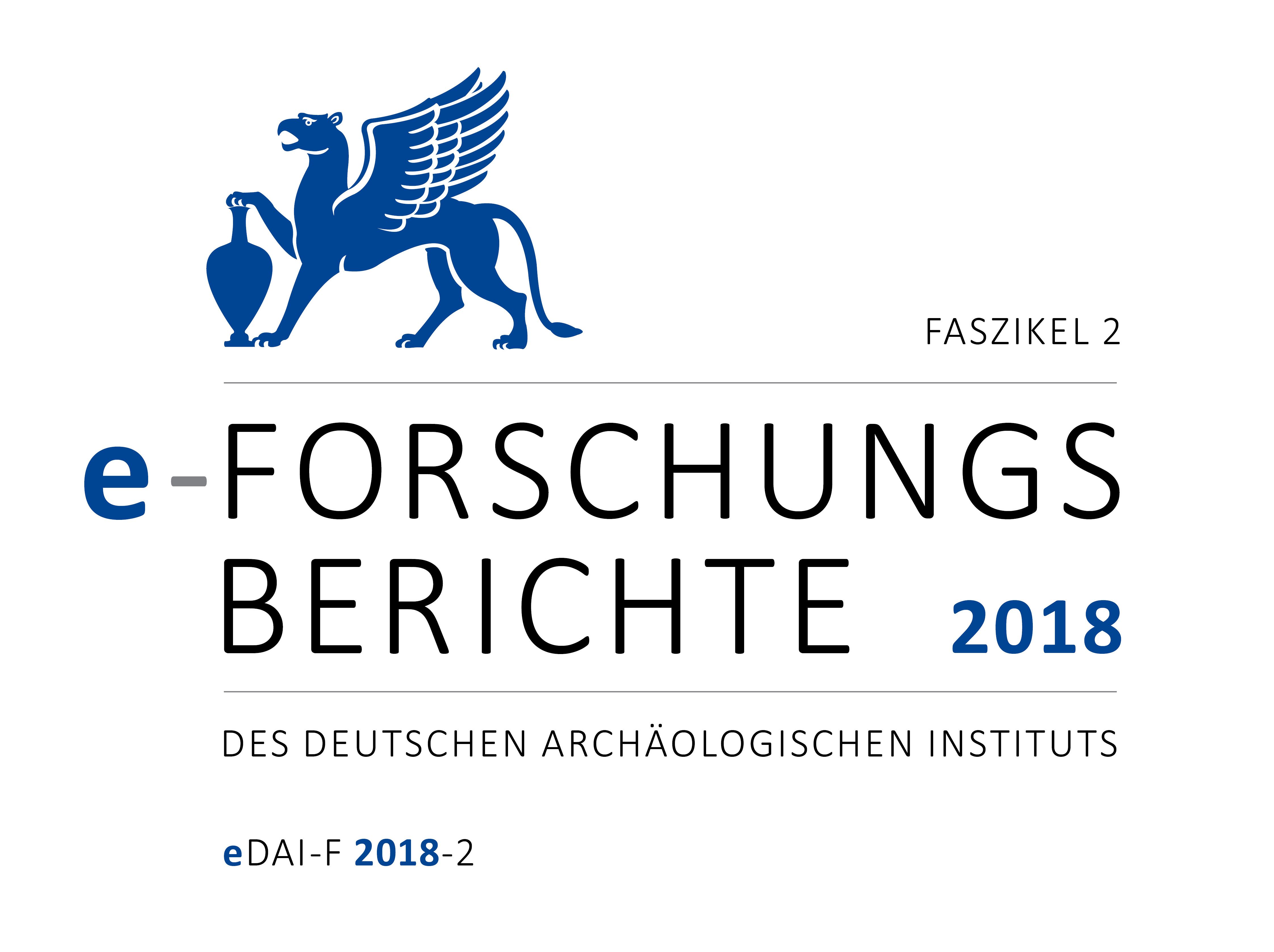Gouvernorat Kafr esch-Scheich, Ägypten. Tell el-Faraʿin (Buto) im Nildelta. Die Arbeiten der Jahre 2017 und 2018
https://doi.org/10.34780/1512-2ajm
Résumé
With regard to the proposed ending of the project in autumn 2018, work at Buto (Tell el-Faraʿin) focused on the completion of the documentation and the studies of the excavated material and its appropriate storage after closing the excavation. Another goal was the continuation of field work on a small scale in order to clarify some still unsolved archaeological questions. One of these desiderata was to extend the investigations of the settlement sequence until its beginning. The excavation of a sondage revealed the earliest settlement remains on the surface of a sand dune which underlies the entire side of Buto. The pottery assemblage of this oldest occupation layer is of special interest as it consists of two different kinds of ceramics. One group is hand-made and resembles late Neolithic Egyptian pottery whilst the vessels of the other group are finished by means of a turning device, pointing to the late Chalcolithic pottery tradition of southern Palestine. As these latter vessels are no imports but also locally made of Nile silt, one has to assume that different population groups – late Neolithic Egyptian and late Chalcolithic Southern Levantine settlers – must have lived at Buto side by side, even if only temporarily. Subsequently, the number of Levantine style pottery decrea-ses and is gradually replaced by characteristic ceramics of the Lower Egyptian Buto-Maadi-Culture. This unique evidence sheds new light on the settlement of the western Nile Delta and the emergence and early development of the Lower Egyptian Culture. With the exposure of the beginning of the occupation, Buto now provides an uninterrupted stratigraphic sequence from the early 4th millennium until the Old Kingdom which can be a solid basis for comparisons with other sites. Furthermore, the investigations of the brewery kilns excavated last year were continued and completed. They date to the Naqada IIC/D period and their circular construction seems to represent a Lower Egyptian variant of such installations. Comparable kilns in Upper Egypt show a slightly different construction and arrangement. As unexpected evidence two large pits filled with shells came to light beneath the brewery and illustrate the exploitation of aquatic sources for food production at Buto.Téléchargements
Publiée
2018-11-16
Numéro
Rubrique
Artikel
Informations bibliographiques et critiques
Comment citer
Hartung, U. (2018) « Gouvernorat Kafr esch-Scheich, Ägypten. Tell el-Faraʿin (Buto) im Nildelta. Die Arbeiten der Jahre 2017 und 2018 », e-Forschungsberichte des DAI, p. 39–43. doi:10.34780/1512-2ajm.





